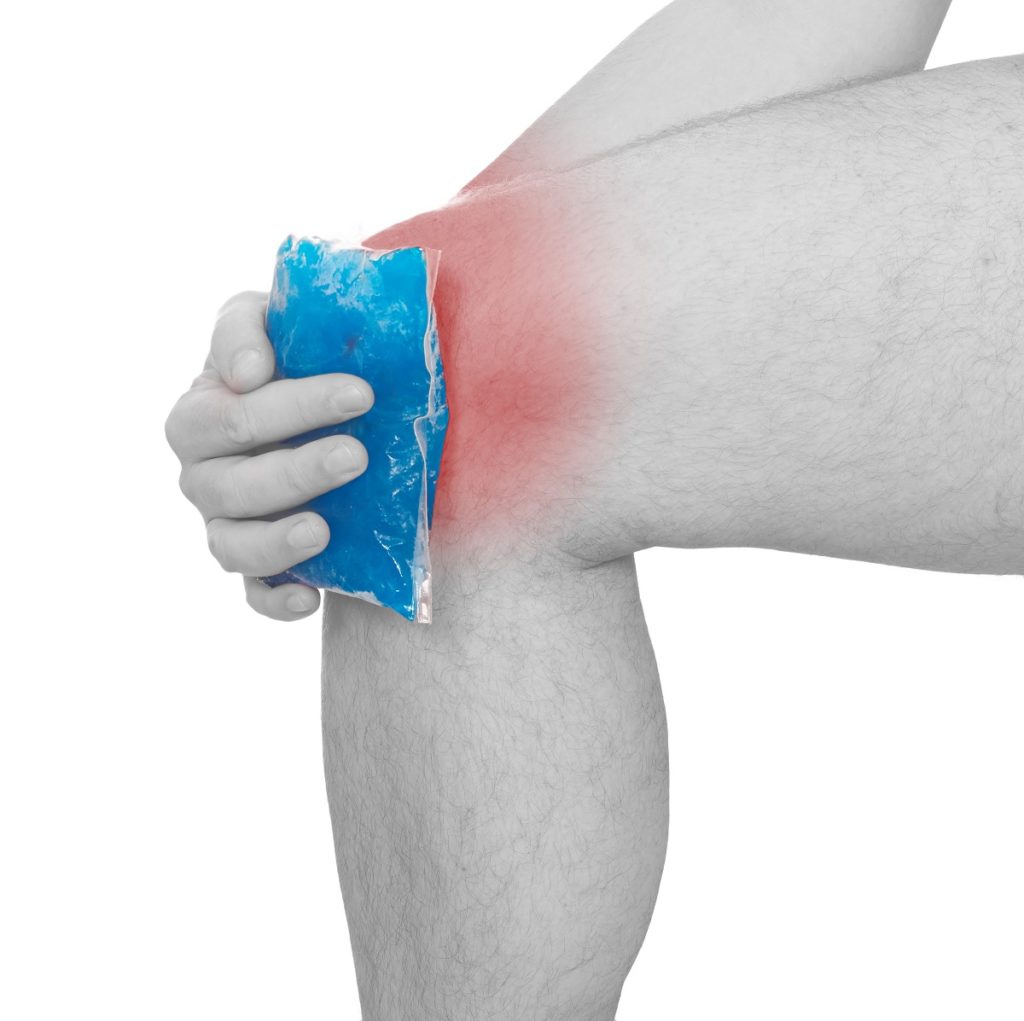Auto racing often seems chaotic and disorganized, but only the best drivers rise to the top of the field. Every person behind the wheel has spent hundreds of hours practicing and honing their driving skills. Think about that the next time you watch a race. The cockpit camera will show that every action is done with skill and precision. Of course, you don’t need auto racing skills for everyday driving, but you can still learn a few tips and tricks from the pros.
Racecar drivers are athletes, and a healthier body translates to better performance on the track. Some drivers even get drip IV therapy to speed up the process. You won’t have to go that far, but you must understand that auto racing and everyday driving are completely different. That said, here are a few racing techniques you might want to know. Let’s start.
1. Making the most of front-wheel drive
Very few race car drivers utilize the front-wheel drive configuration, but that doesn’t mean that you can’t make the most of your situation. If you want to maximize this configuration’s benefits, it helps to understand its advantages and drawbacks. A front-wheel drive basically means the front tires do all the work.
Since your grip is limited, the vehicle’s steering is affected, and you’ll need to balance different aspects to improve sensitivity. Make the most of the vehicle’s weight distribution to leverage your available grip.
2. Optimize your racing line
Your racing line is a critical factor to success on the track. It’s important to know your car’s specs, as the braking and turning point will differ from model to model. If your vehicle has been heavily customized, you will need a few practice laps to better feel for the car. The goal is to get the shortest line possible when turning while minimizing speed loss.
If you turn too fast, the extra momentum will affect your line later on. Meanwhile, you’re wasting precious seconds if you’re too slow. You’re not going to get your best line if it’s your first time around the track, so a few practice laps will definitely help.
3. How to accelerate
Acceleration is an underrated skill that can make or break your time on the track. While racing on a straight line may be different from a complicated track, the dynamics are mostly the same. And in a sport where a fraction of a second separates the winners from the losers, you better know how and when to accelerate.

Every turn or exit presents an opportunity for you to reduce your time. But if you’re not careful, you could gain more time than you anticipated. Acceleration and your line go hand in hand, so balancing both aspects for the best results is important.
4. When to shift
Films would have us believe that the best way to drive is to slam on the gas pedal while powering on the gear. While it looks and feels cool, it’s not exactly the best way to maximize your car’s performance. First, you’ll need a basic understanding of gear ratios. The ideal numbers differ from car to car, but the general rule is to apply the maximum torque through the rear.
You’ll need some numbers skills to calculate the optimal ratio and what-not. If this is too complicated for you, you can safely skip it.
5. Master the grip
The single most important aspect of auto racing is the grip. Anyone can slam on the gas, but it takes a master of braking and acceleration and racing lines to navigate tricky corners properly and win a race. Everything you’ve learned so far will lead up to this moment. Tires have a limited lifespan, and if you apply too much power early on, you risk an explosive blowout.
A final word
These five tips will help you become a better driver. While these techniques may not be beneficial for your daily commute, I’m sure your new racing skills will prove useful one day.




